Level Up Your Outdoor Game: Expert Tips for Choosing the Right Deck Stain Color
Picture this: a warm summer evening, a glass of lemonade in hand, and the gentle creak of your favorite rocking chair as you relax on your beautifully stained deck. Ah, the joys of outdoor living! But before you can kick back and savor those moments, there’s an important decision to make: choosing the right deck stain color for your outdoor space. As seasoned painting contractors with a passion for enhancing outdoor living, we at Patrick’s Painting & Home Improvement are here to guide you through the process. Let’s dive in!
Understanding Your Outdoor Space
Assessing the Architecture and Surroundings
When it comes to selecting the perfect deck stain color, it’s essential to take cues from your home’s architecture and surroundings. Consider the style of your home—is it traditional, modern, or perhaps a charming cottage nestled in the woods? For example, if you reside in a quaint colonial home surrounded by lush greenery, opting for a classic cedar or mahogany stain can complement the rustic charm of your abode.
Considering Existing Color Palette
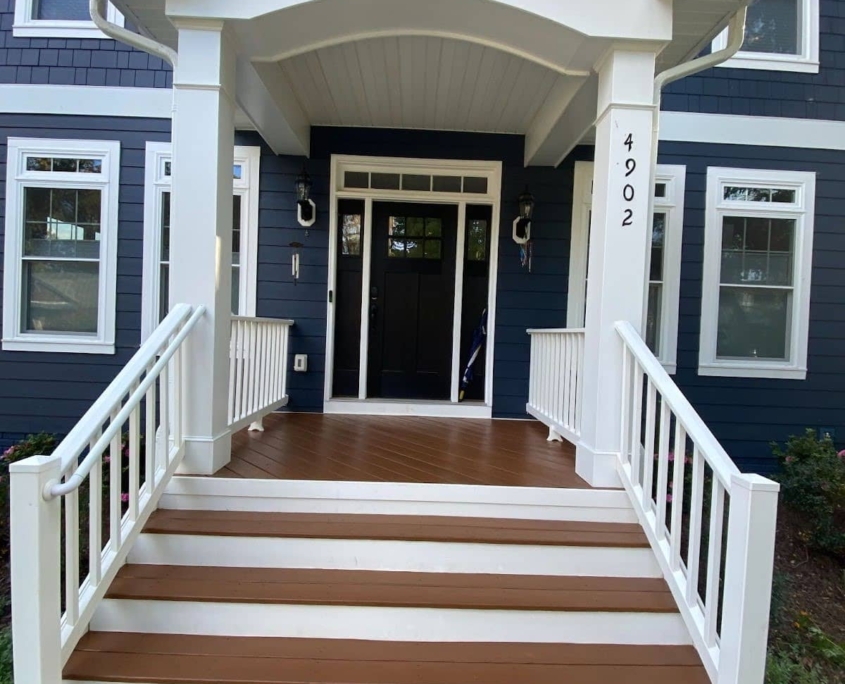
Take a stroll around your outdoor space and observe the colors already present. Are there vibrant flowers in your garden? Rich earth tones in your landscaping? These elements can influence your deck stain color choice. Remember, harmony is key—your deck stain should seamlessly blend with the natural hues of your surroundings.
Identifying Personal Preferences and Style
Your outdoor space is an extension of your home and personality. Do you lean towards timeless elegance or prefer to make a bold statement with color? Think about the mood you want to evoke when relaxing on your deck. For instance, if you’re drawn to serene, coastal vibes, consider shades of soft blue or gray reminiscent of tranquil ocean waters.
Factors to Consider When Choosing Stain Color
Wood Type and Grain Pattern
The type of wood used for your deck can significantly impact the final look of your deck stain color. For example, cedar boasts a natural reddish hue, while pine tends to be lighter in color. Additionally, pay attention to the grain pattern—some woods, like oak, feature pronounced grain that can add depth and character to your deck’s appearance.
Sun Exposure and Climate Considerations
Living in Virginia means experiencing a range of weather conditions, from scorching summers to chilly winters. When selecting a deck stain color, consider how much sunlight your deck receives and the climate in your region. Opt for UV-resistant stains that offer protection against fading and weathering, ensuring your deck maintains its beauty for years to come.
Complementing Your Home’s Exterior
Your deck should harmonize with the exterior of your home, creating a cohesive and inviting outdoor space. Take cues from the colors of your siding, trim, and roof when choosing a deck stain color. For example, if your home features warm, earthy tones, a rich chestnut or coffee-colored stain can enhance its curb appeal.
Creating a Cohesive Outdoor Environment
Your deck doesn’t exist in isolation—it’s part of a larger outdoor environment. Consider how your deck connects with other outdoor features, such as patios, walkways, and landscaping. Aim for a cohesive color scheme that ties everything together, creating a unified and visually appealing outdoor oasis.
Exploring Stain Color Options

Natural Wood Tones
There’s something timeless and inviting about the natural beauty of wood. Opting for a transparent or semi-transparent stain allows the grain and texture of the wood to shine through, enhancing its inherent warmth and character. Behr offers a range of natural wood tone stains, from Golden Cedar to Redwood, that can elevate the look of your deck while providing protection against the elements.
Neutral Tones
Neutral deck stain colors are a popular choice for their versatility and understated elegance. Shades like Chestnut Brown and Slate Gray can complement a variety of architectural styles and color palettes, offering a timeless appeal that never goes out of style. Plus, neutral stains provide a cohesive backdrop for outdoor furniture and decor, allowing your personal style to take center stage.
Bold and Vibrant Hues
For those who crave a pop of color and personality, consider stepping outside the box with bold stain hues. Behr’s collection of solid color stains offers an array of vibrant options, from Pacific Blue to Barn Red, that can infuse your deck with energy and charm. Just be sure to test samples in your outdoor space to ensure the color complements your home and surroundings.
Semi-Transparent vs. Solid Stains
When it comes to deck stain opacity, it’s essential to strike a balance between visibility and protection. Semi-transparent stains allow the natural beauty of the wood to show through while providing moderate UV protection and water resistance. On the other hand, solid stains offer more substantial coverage and protection against weathering, making them ideal for high-traffic areas or decks with significant sun exposure.
Practical Tips for Selecting the Right Stain Color
Testing Samples in Different Lighting Conditions
Colors can appear differently depending on the time of day and lighting conditions. Before committing to a deck stain color, test samples on your deck and observe how they look in various lighting—from bright sunlight to soft evening glow. This will help you make an informed decision and avoid any surprises once the stain is applied.
Consulting with a Professional Contractor
As experienced painting contractors, we understand that choosing the right deck stain color can feel daunting. That’s why we’re here to lend our expertise and guidance every step of the way. Whether you’re unsure about which stain color suits your home or need advice on proper application techniques, we’re committed to helping you achieve the deck of your dreams.
Considering Long-Term Maintenance and Durability
In addition to aesthetics, it’s essential to consider the practical aspects of deck maintenance and durability. Behr’s premium stains are formulated to withstand Virginia’s climate, offering superior protection against UV rays, mold, and moisture. By investing in a high-quality stain and following proper maintenance protocols, you can enjoy a beautiful and long-lasting deck for years to come.
Keeping in Mind the Resale Value of Your Home
While it’s essential to choose a deck stain color that reflects your personal style and preferences, it’s also wise to consider the resale value of your home. Neutral stain colors tend to have broad appeal among potential buyers, making your home more marketable should you decide to sell in the future. Ultimately, striking a balance between personal taste and marketability ensures that your deck investment pays off in the long run.
Applying the Chosen Stain Color
Preparing the Deck Surface for Staining
Before applying deck stain, it’s crucial to properly prepare the deck surface to ensure optimal adhesion and longevity. This includes cleaning the deck thoroughly to remove dirt, mildew, and previous coatings, as well as repairing any cracks or damage. Behr offers a range of premium deck cleaners and conditioners designed to prepare your deck for staining, ensuring professional-quality results.
Applying the Stain Evenly for Optimal Results
When it comes to applying deck stain, technique is key. Use a high-quality brush, roller, or sprayer to ensure even coverage and avoid lap marks or streaks. Work in small sections, applying the stain in the direction of the wood grain and maintaining a wet edge to prevent overlap. Behr’s easy-to-apply stains are formulated for smooth and uniform application, allowing you to achieve professional results with ease.
Proper Drying and Curing Process
After applying the deck stain, allow ample time for drying and curing before enjoying your newly transformed deck. Depending on the weather conditions and type of stain used, this process typically takes 24-48 hours. Avoid walking or placing furniture on the deck during this time to prevent smudges or damage to the finish. Once fully cured, your deck will be ready to withstand the elements and provide years of enjoyment.
Maintenance Tips for Preserving the Stain’s Longevity
To maintain the beauty and durability of your stained deck, it’s essential to implement a regular maintenance routine. This includes periodic cleaning to remove dirt, debris, and mildew, as well as inspecting for any signs of wear or damage. Behr offers a range of deck maintenance products, including cleaners, strippers, and sealers, to help protect and preserve your investment. By staying proactive with maintenance, you can extend the life of your stain and keep your deck looking its best for years to come.
Conclusion
Choosing the right deck stain color for your deck is a decision that requires careful consideration and attention to detail. By understanding your outdoor space, exploring stain color options, and implementing practical tips for selection and application, you can create a dreamy deck that enhances your home’s beauty and invites you to savor the joys of outdoor living. Whether you prefer the timeless elegance of natural wood tones, the versatility of neutral hues, or the bold statement of vibrant colors, Behr’s premium stains offer endless possibilities for transforming your outdoor space into a haven of comfort and style. At Patrick’s Painting & Home Improvement, we’re here to help you every step of the way, from inspiration to installation. Let’s turn your deck dreams into reality!
Bonus: Behr’s Stain Color of the Year

We’re excited to announce that Behr has released their stain color of the year, TUGBOAT. This rich and versatile shade adds depth and sophistication to any outdoor space, making it the perfect choice for your deck transformation. Consider incorporating TUGBOAT into your deck stain color palette for a stylish and on-trend look that will stand the test of time.

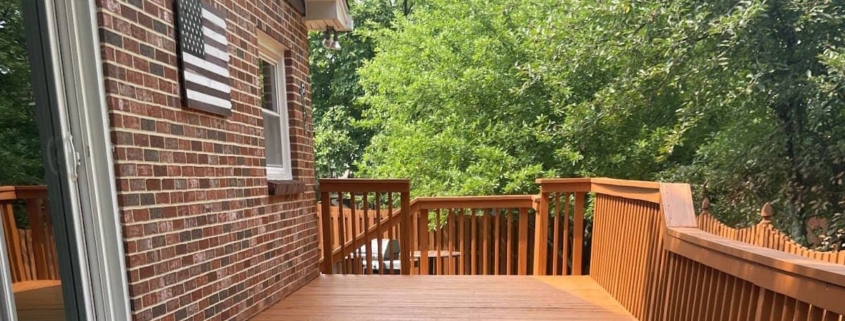
 Image: Freepik
Image: Freepik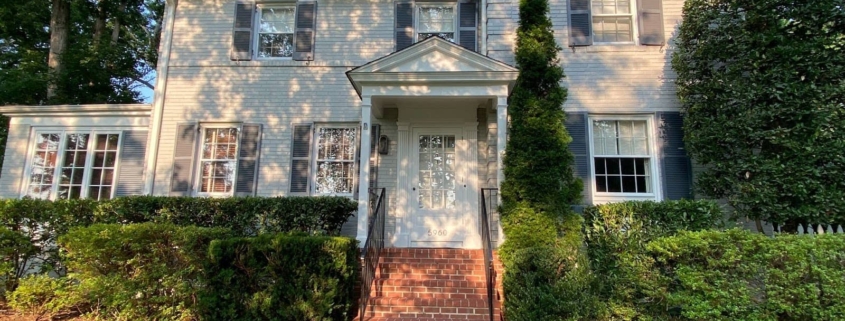

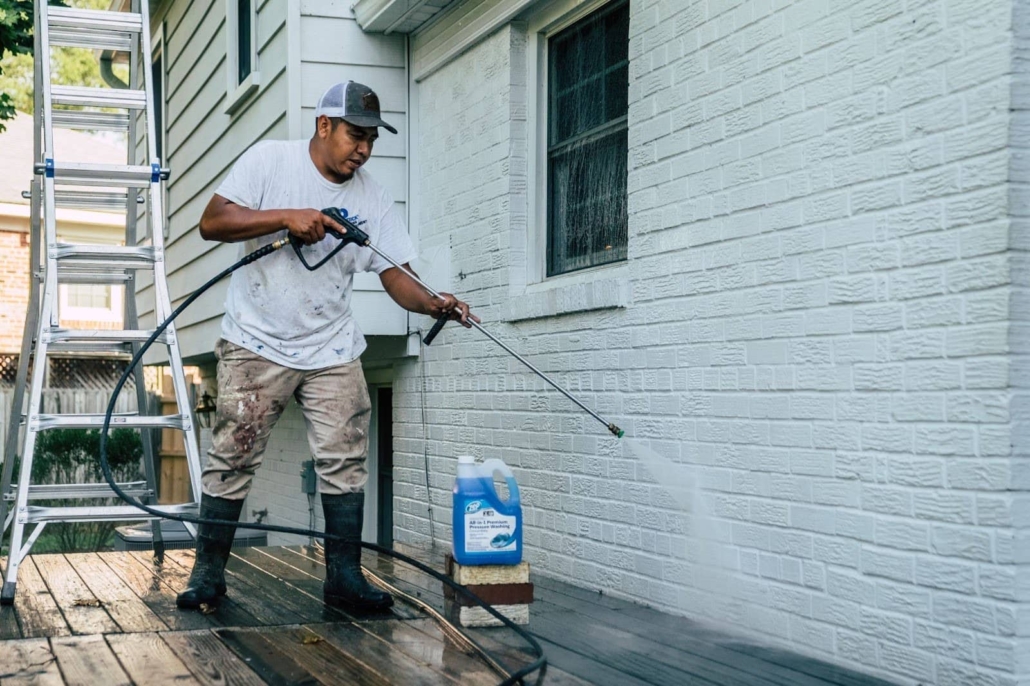
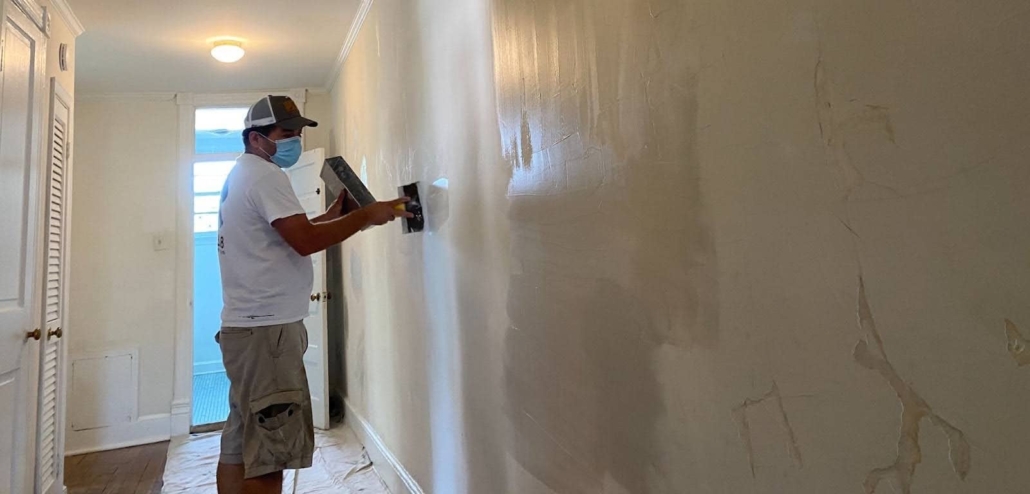
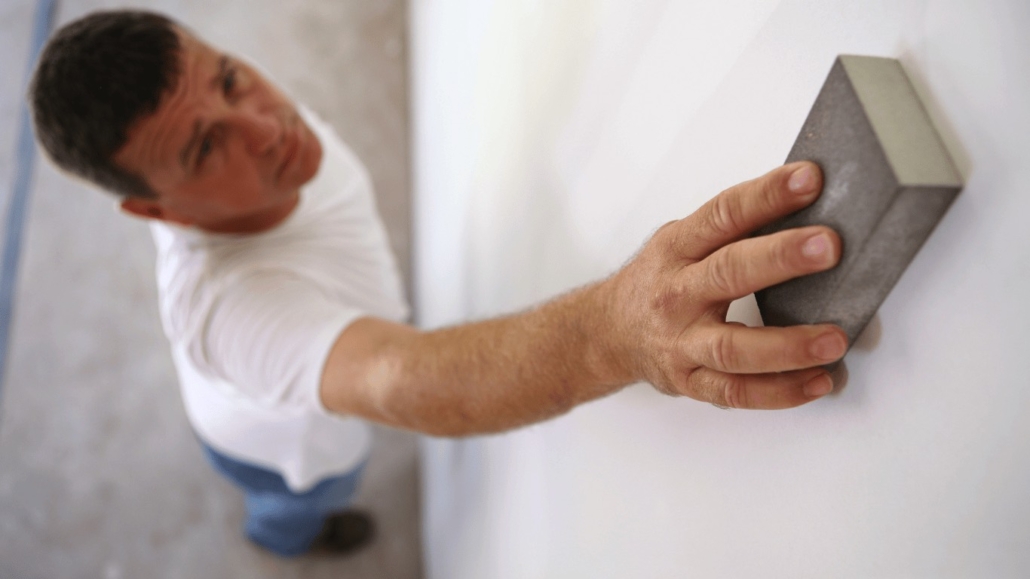
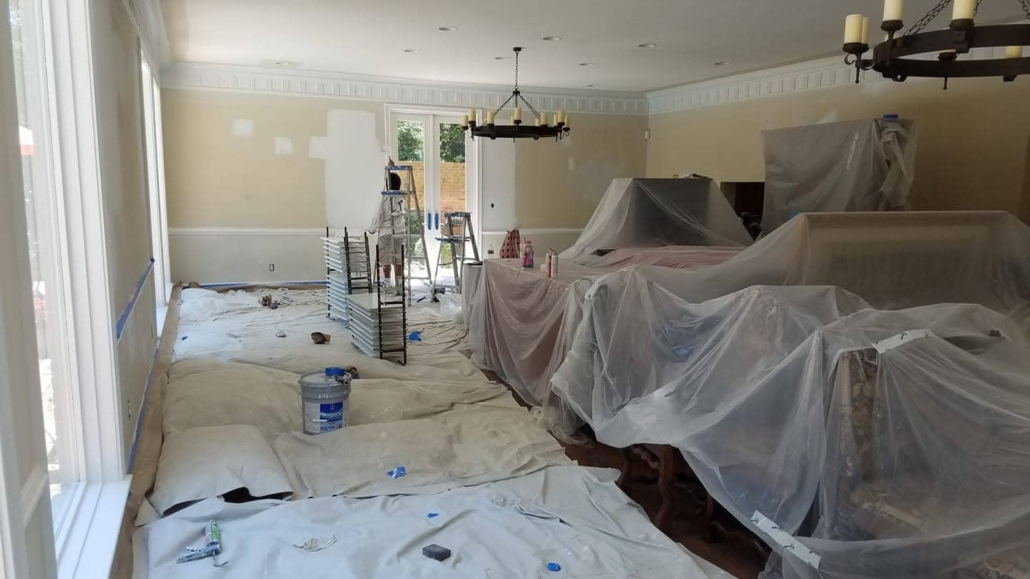
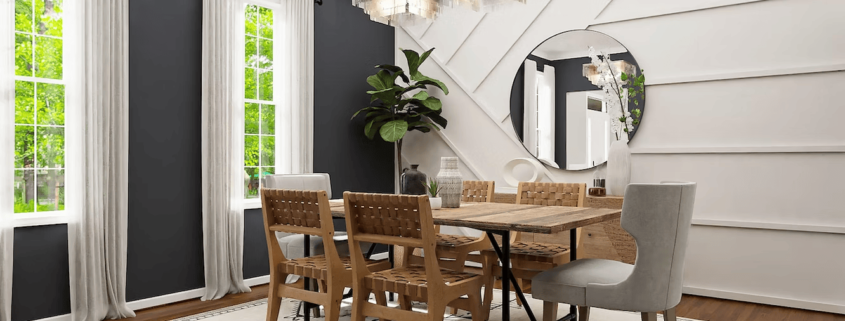

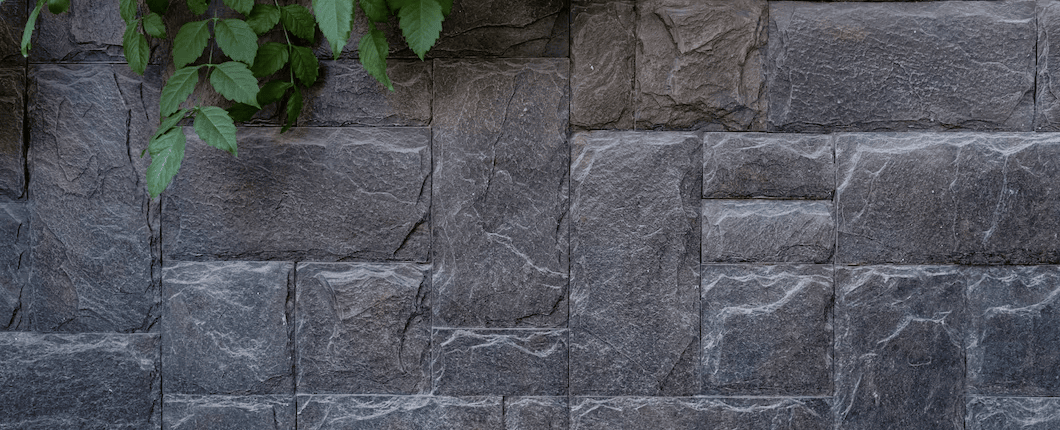
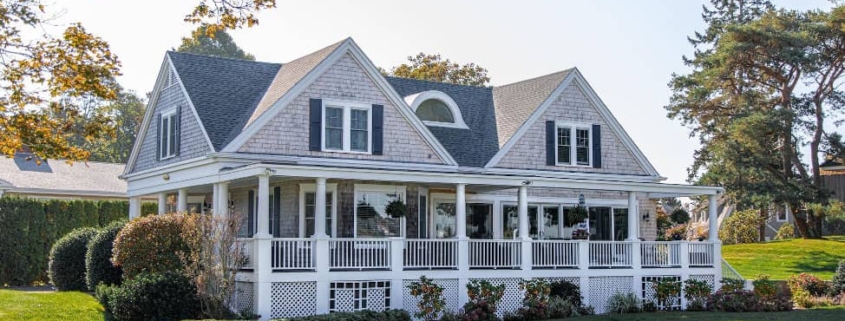 https://unsplash.com/photos/178j8tJrNlc
https://unsplash.com/photos/178j8tJrNlc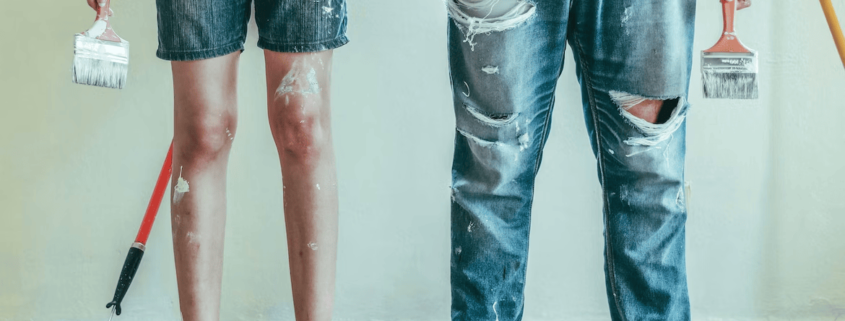

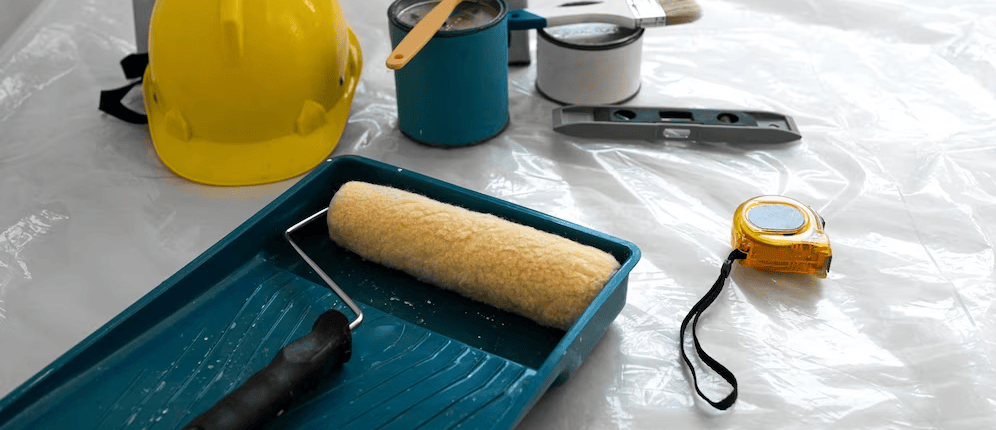
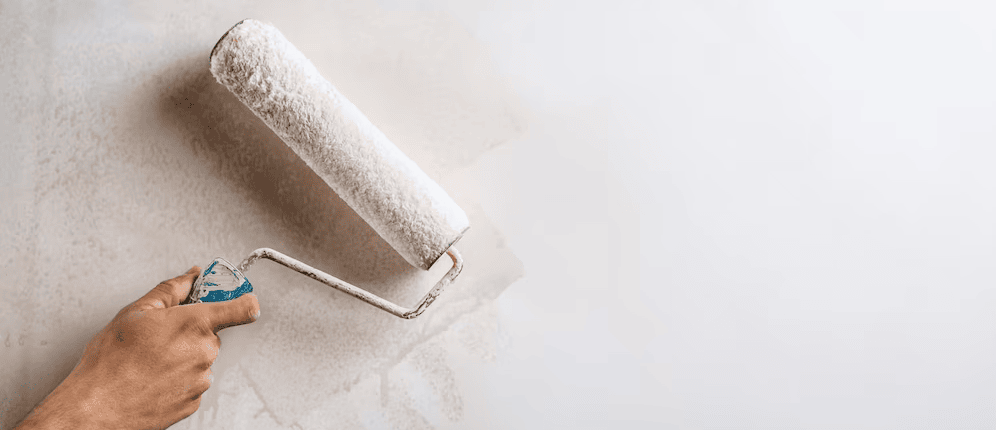


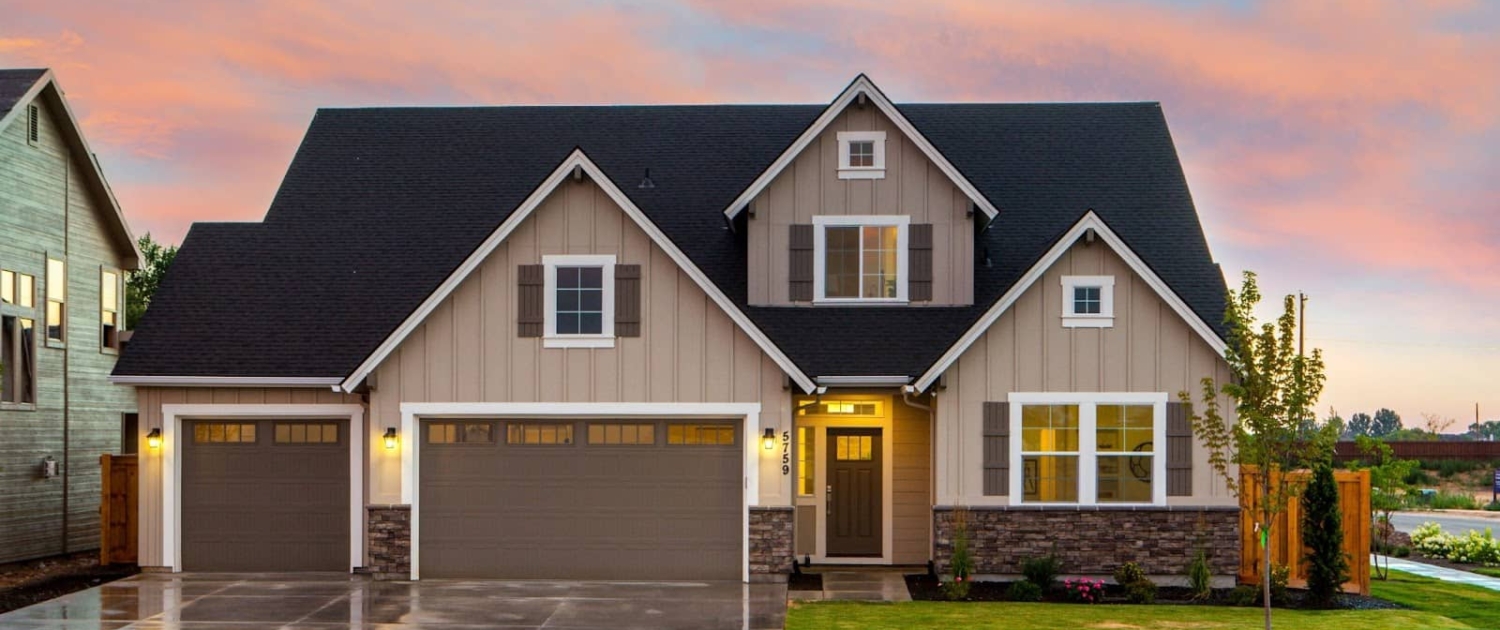



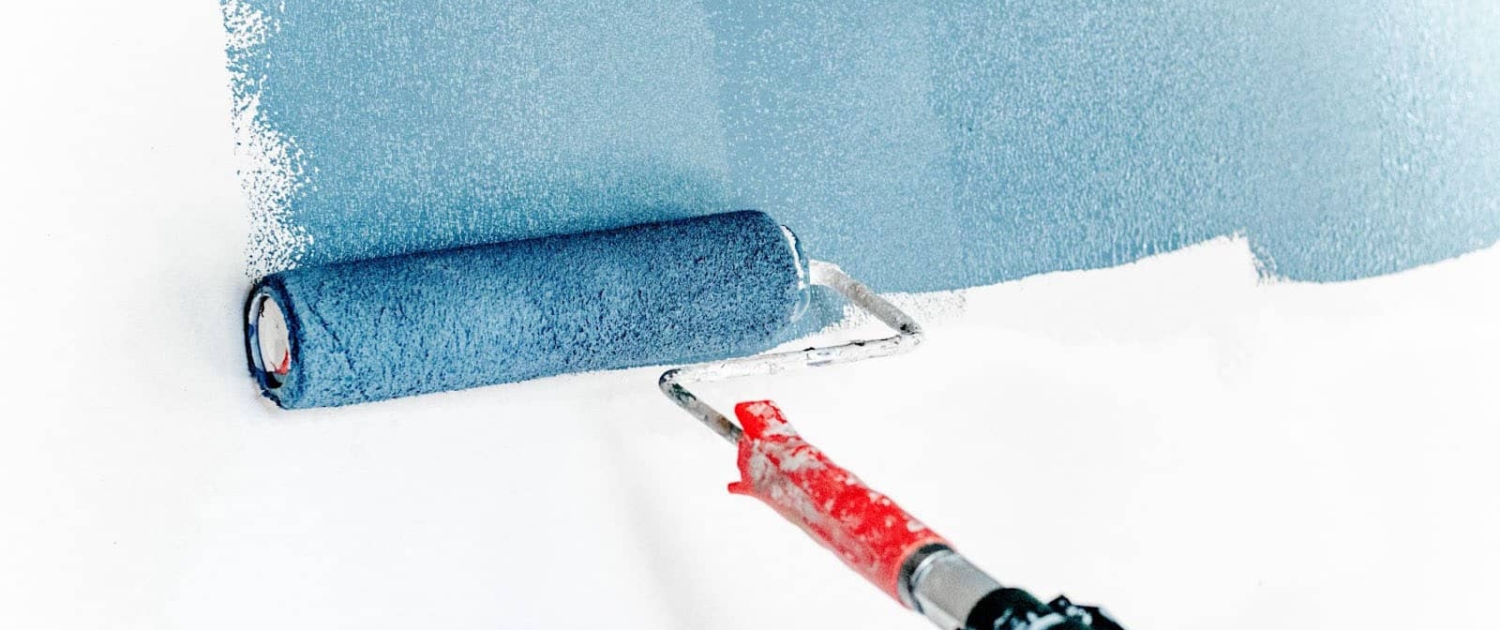
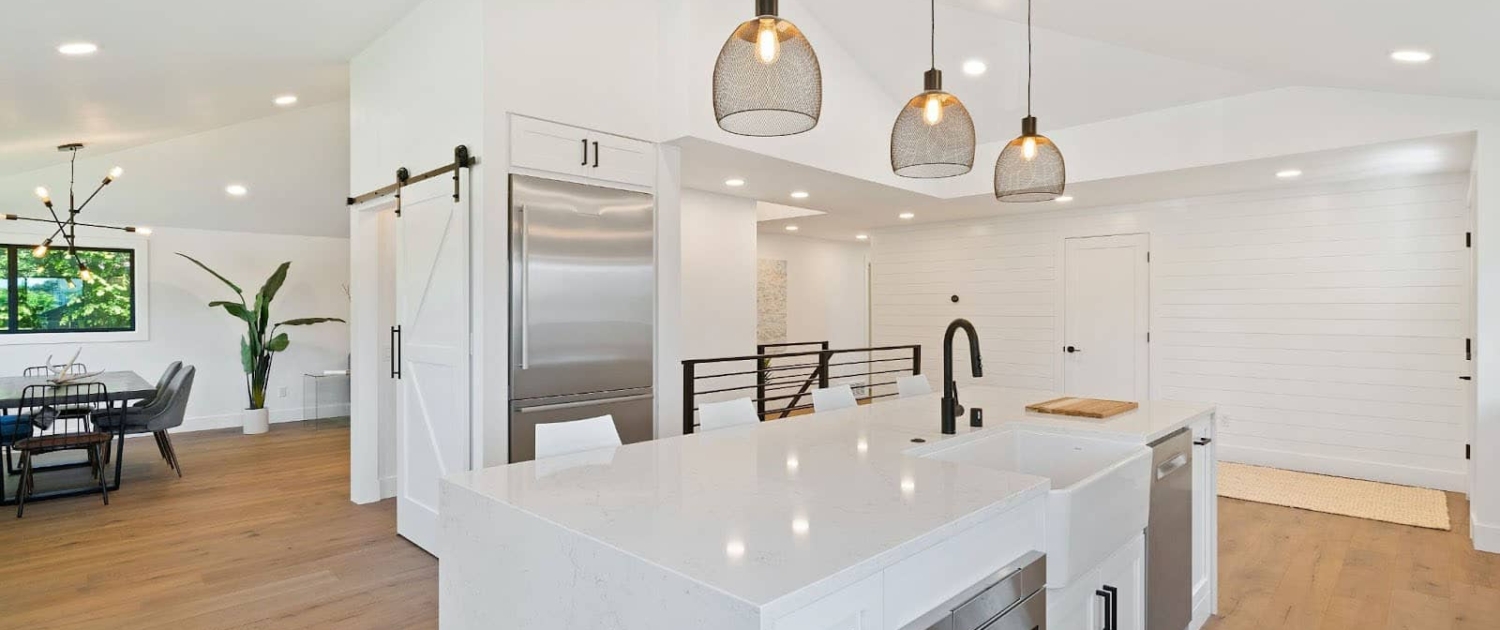
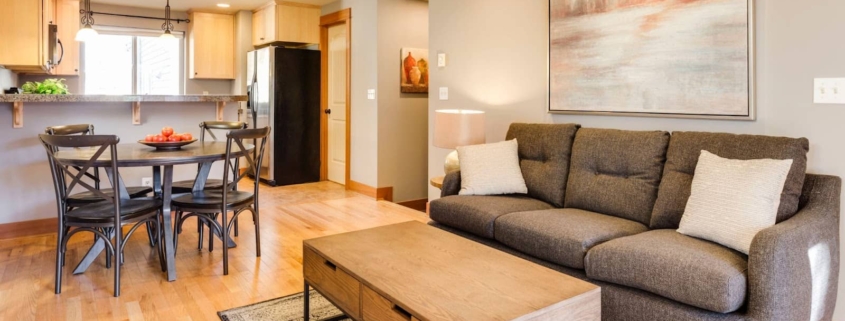
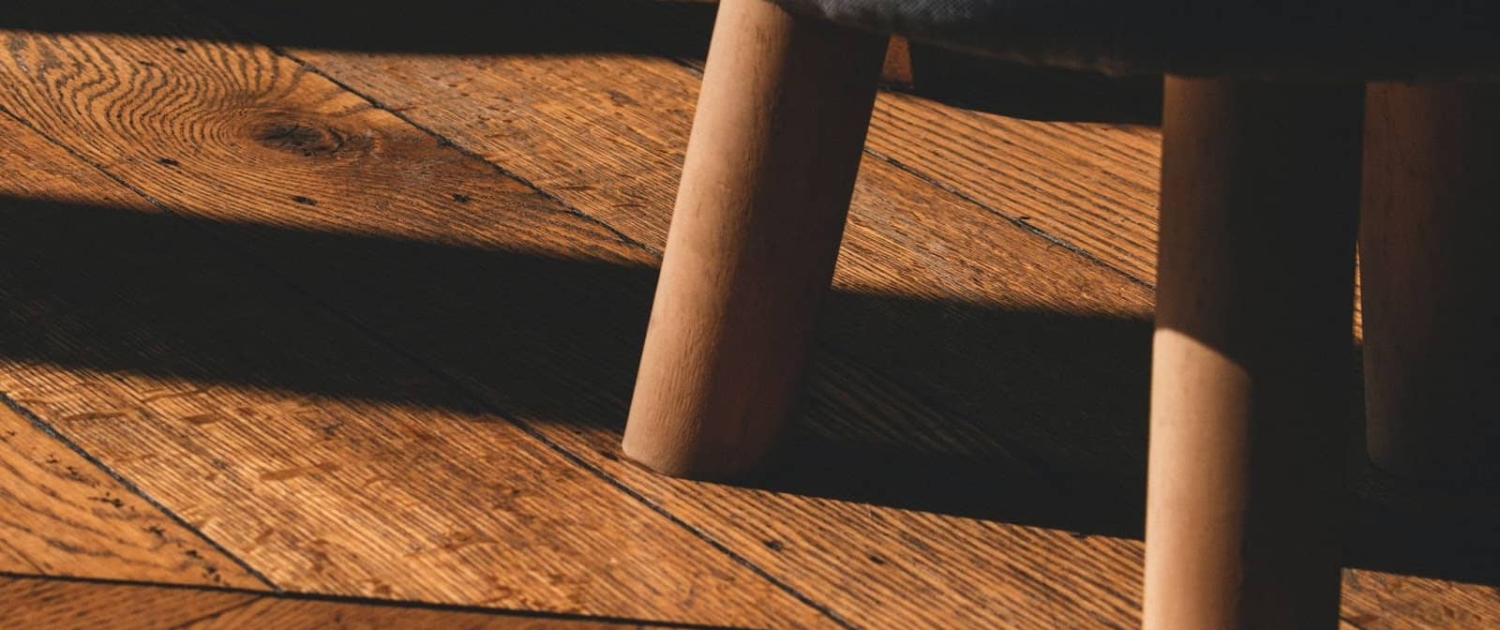
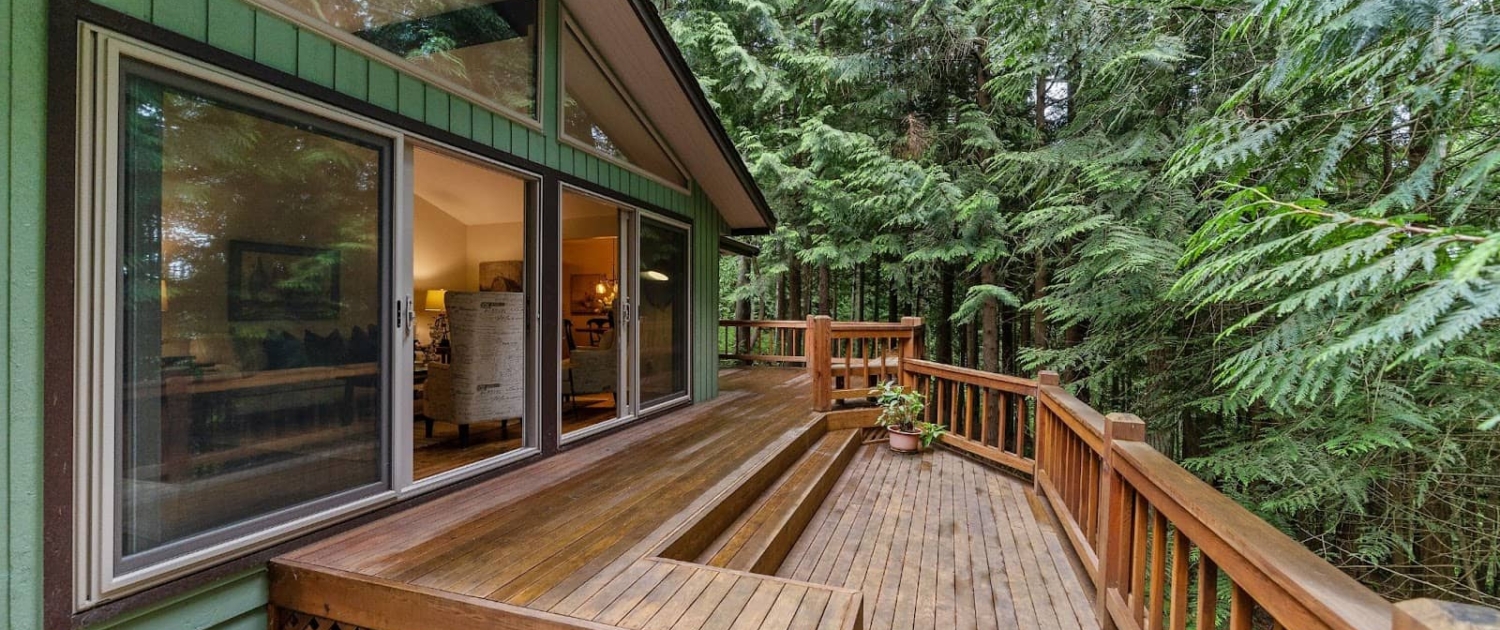
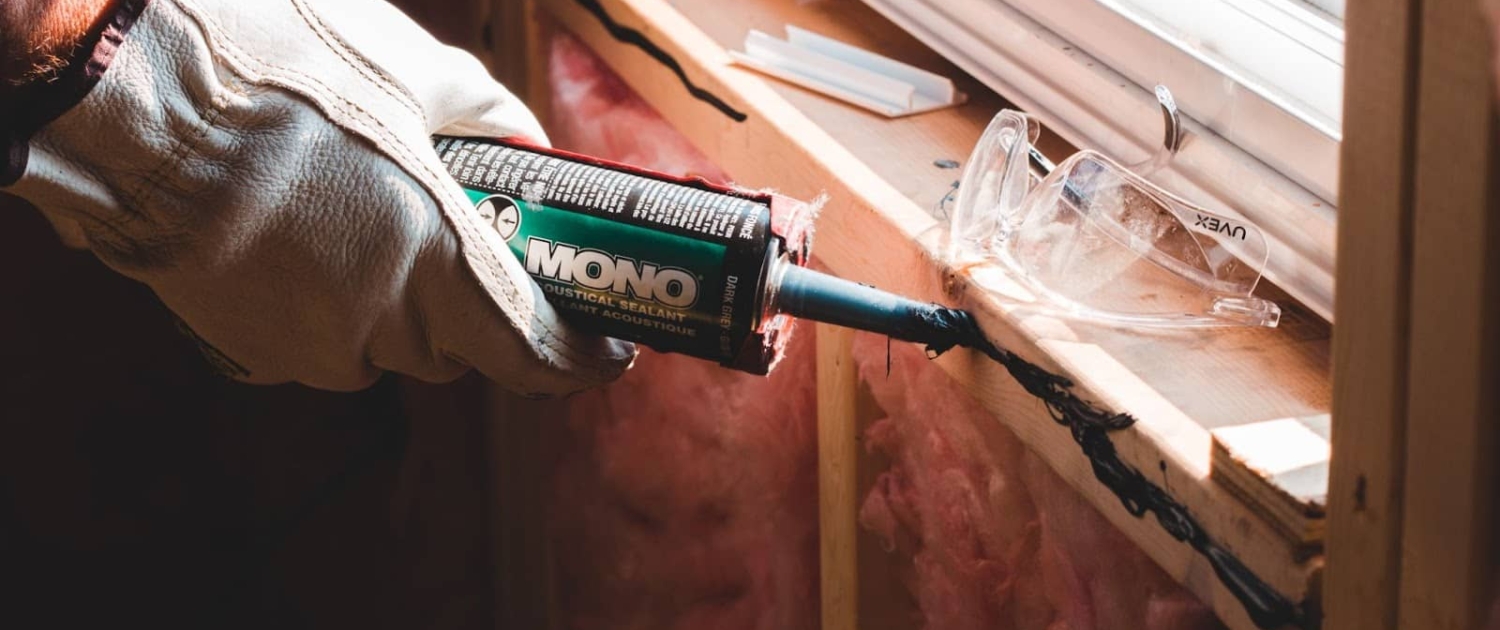
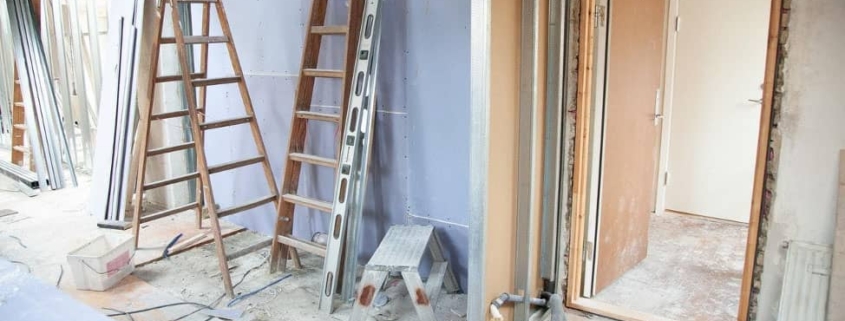 https://www.pexels.com/photo/house-renovation-3990359/
https://www.pexels.com/photo/house-renovation-3990359/

